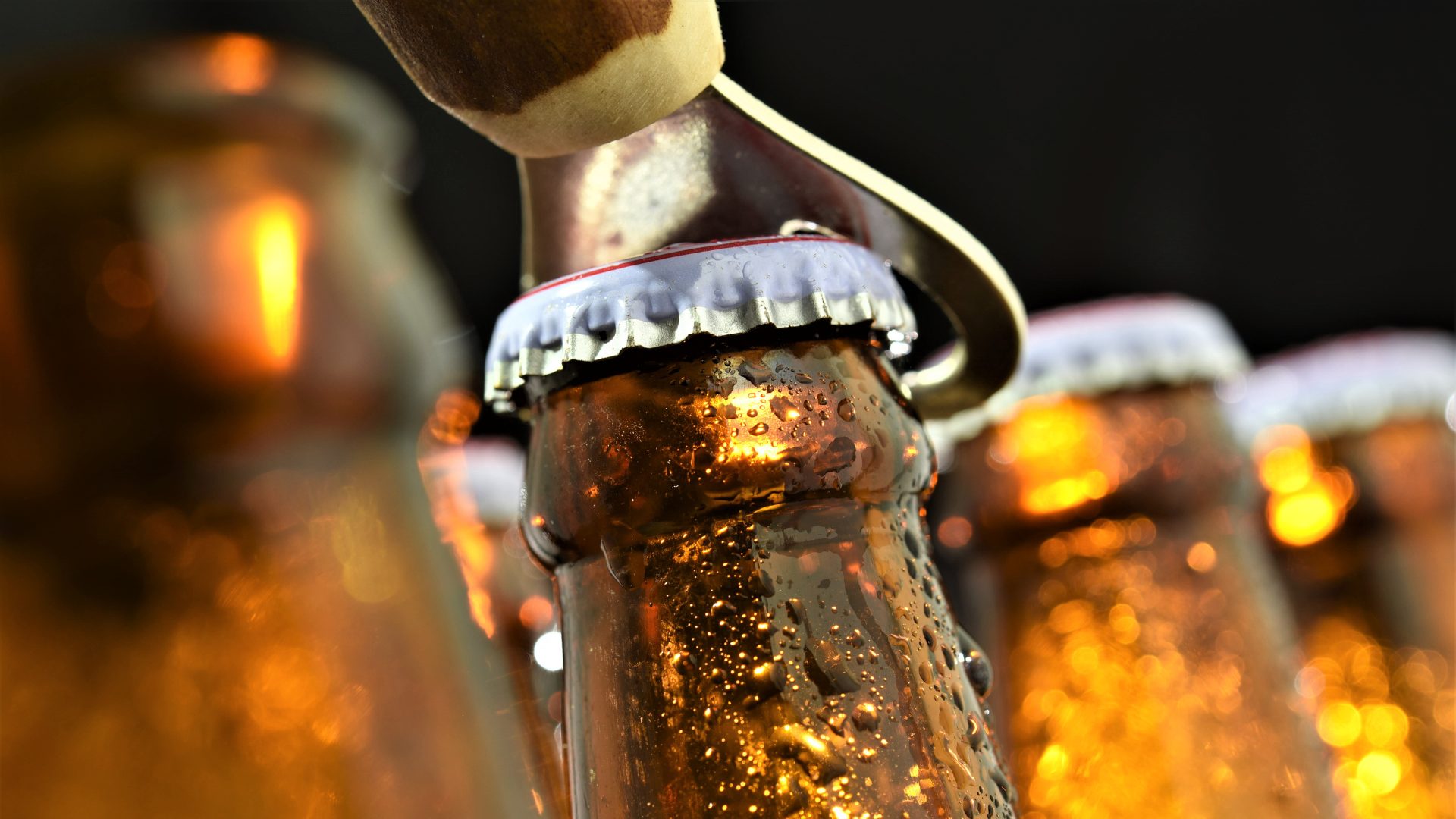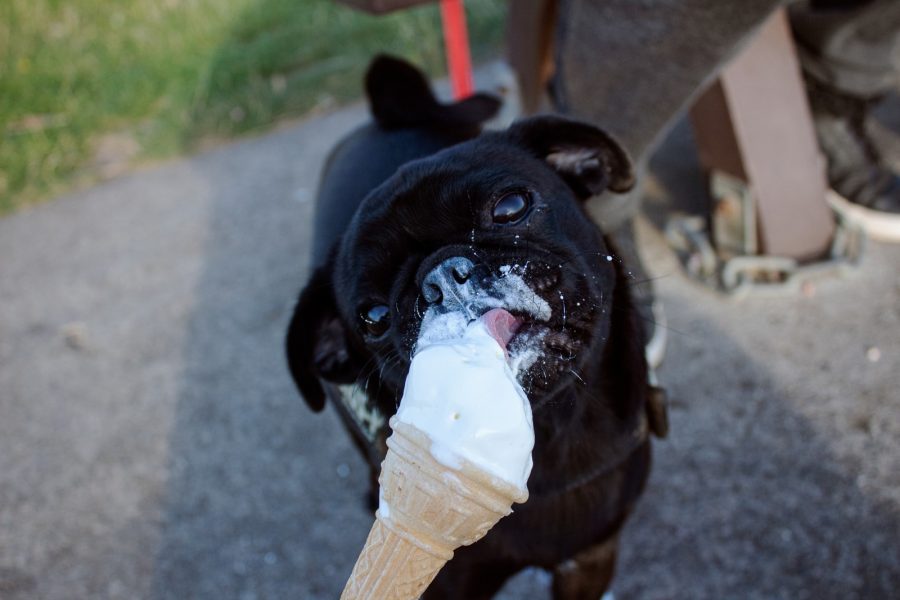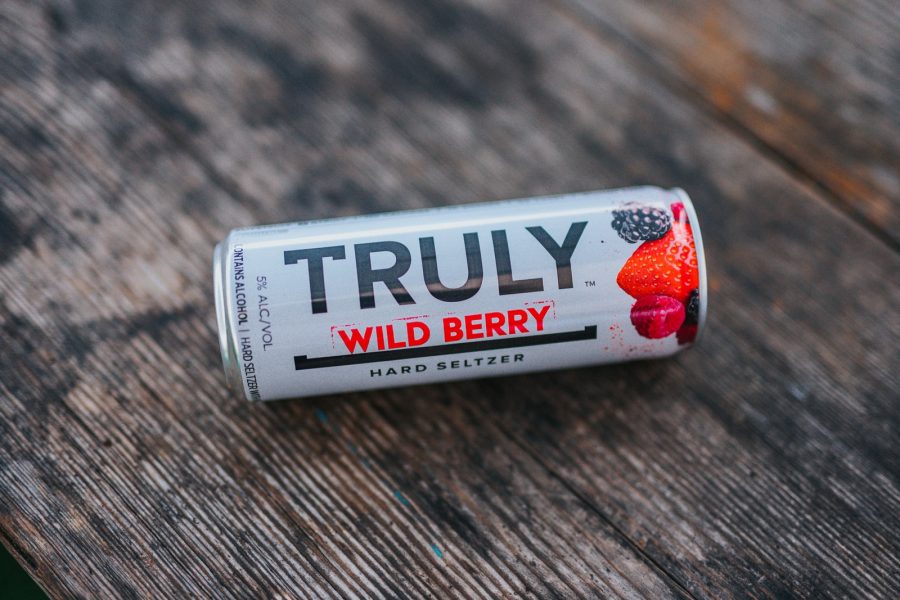Drive down the main drag of Duluth, Minnesota – a city with less than 90,000 residents – and you’ll soon notice something:
Craft breweries are as abundant as SUVs in this northern town. Duluth’s Superior Street is home to several taprooms that, like Ursa Minor Brewing, offer the likes of wood-fired pizza, pet-friendly patios and, yes, hazy IPAs and oatmeal stouts. Not far down the road, Blacklist Brewing Co. allows patrons to take part in axe-throwing competitions. The town was home to 10 breweries as of 2020.
Gregory Dunkling – program director of business of craft beer at the University of Vermont – will tell you that Duluth is hardly alone in embracing craft breweries. He’ll note that Stowe, Vermont, with a population of just 3,500, for example, is home to three breweries and one cidery.
Yet, some wonder about the prospects for craft breweries.
“Is this growth sustainable? Fair question,” Dunkling said of craft breweries, in a recent interview with The Food Institute. “While some markets may indeed be oversaturated, what we’ve seen are breweries opening in smaller communities and additional breweries opening in larger cities.”
MOLSON’S MOVE
Molson Coors recently discontinued San Diego’s Saint Archer Brewery brand, seven years after its purchase. The company also sold Saint Archer’s brewery and local taprooms to Illinois-based Kings and Convicts Brewing.
The move comes as the craft brewing industry deals from fallout from the pandemic and changing consumer tastes toward seltzers and other alternatives to beer, reported ABC News (Jan. 11).
“Unfortunately, Saint Archer has struggled to meet expectations,” Molson Coors vice president Paul Verdu wrote in an email to employees.
NOTEWORTHY NUMBERS
In 2020, the Brewers Association tallied 8,764 breweries and brewpubs, up 373 from a year earlier, Dunkling noted. Past studies have indicated that any community of 10,000 residents could sustain a well-run brewery, he added.
Ten years ago, most road trips left beer enthusiasts struggling to locate a brewery outside of major metropolitan areas, Dunkling said. In 2022, though, “you’ll likely find local breweries in small cities serving fresh, flavorful, locally produced beer.”
If entrepreneurs thoroughly research their market and assess its entertainment needs, there’s reason to believe even more craft breweries will emerge.
“There’s also an interesting phenomenon that has emerged when understanding the optimum number of breweries in any community,” Dunkling said. “Once a community gains recognition as a beer haven, people follow.”
REASONS FOR OPTIMISM
In 2020, the microbrewery segment saw 63 closures compared to 83 openings. In the same year, the brewpub category saw 166 closures and 220 openings.
“While the gap between openings and closures has never been closer, over the past two years more microbreweries and brewpubs have opened than closed,” the University of Vermont program director said. And “often there is a large spike in initial interest in new products – except wine, which remains fairly consistent – then a slow-down in demand. Two years ago, alcoholic seltzers were all the rage; last year demand crashed. Meanwhile, consumer data doesn’t suggest a huge shift away from craft beer.”
Years ago, one could throw a dart at a map and open a brewery seemingly anywhere, the expert said. In 2022, that’s no longer the case, and determining the need for a new craft brewery in a given location requires much greater research and consideration than it did a decade ago.
Still, Dunkling sees reason for optimism for anyone operating a brewpub in the near-term.
“Younger drinkers – 21- to 35-year-olds – look more like the craft beer drinkers of yesteryear; they like to try everything,” he said, citing the sentiment of his respected colleague, Bart Watson.
“As one person emphatically said to me: ‘Craft beer drinkers are never going back to the beer their dads drank,’” Dunkling added. “I suspect he’s right.”









